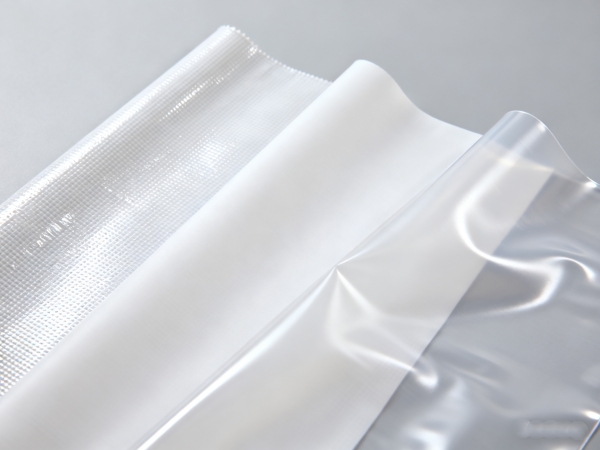What are PVC, PE, and TPU Fabrics?

Over the years, I have worked with countless synthetic fabrics in applications ranging from truck tarpaulins to inflatable products. Among them, PVC (polyvinyl chloride), PE (polyethylene), and TPU (thermoplastic polyurethane) are the three most common. Each has a distinct chemical structure and performance profile. PVC fabric is essentially polyester fabric coated with PVC resin, giving it excellent strength and waterproofing. PE fabric is a lightweight woven or laminated plastic sheet, commonly seen in tarps and packaging. TPU fabric is a flexible yet tough thermoplastic coating applied to fabrics, known for its high elasticity and advanced performance.
Durability and Strength Comparison
Durability is one of the first things customers ask about. From my experience:
1. PVC fabric is very strong and resistant to tearing, making it ideal for heavy-duty applications like truck covers, industrial tents, and inflatable boats.
2. PE fabric is less durable but lightweight and affordable. It performs well for temporary covers, agricultural use, or disposable packaging.
3. TPU fabric offers excellent abrasion resistance, elasticity, and toughness, even at thin gauges. It often lasts longer in extreme conditions compared to PVC or PE.
Flexibility and Softness
When flexibility matters—for example, in medical inflatables or wearables—TPU is usually the winner. It maintains softness across a wide temperature range. PVC fabric is moderately flexible but can become stiff in cold environments. PE fabric is the least flexible and tends to crease easily, which limits its use in products that require frequent folding or movement.
Waterproof and Weather Resistance
All three fabrics are waterproof, but the degree of protection varies. PVC-coated fabrics provide reliable waterproofing and good UV resistance, which is why they are widely used outdoors. PE fabric resists water but tends to degrade faster under sunlight unless UV-stabilized. TPU has excellent waterproof properties and also resists oils, chemicals, and microbial growth, making it a preferred choice in specialized outdoor or medical applications.
Weight and Thickness
Buyers often need to balance strength with weight. PE is the lightest, which makes it suitable for temporary or portable solutions. PVC fabric is heavier but offers solid durability. TPU sits in between: lighter than PVC but stronger than PE, making it a practical choice when both performance and ease of handling are required.
Safety and Environmental Concerns
In recent years, customers have become more aware of safety and eco-friendliness. PVC often contains plasticizers that may raise environmental concerns if not managed properly, though many suppliers now offer phthalate-free options. PE is considered safer in terms of recyclability and is widely used in food and packaging. TPU, while more expensive, stands out for being non-toxic, biodegradable under certain conditions, and compliant with strict medical and environmental standards.
Cost Differences
Budget is always a deciding factor. PE fabric is usually the most affordable, which is why it dominates the low-cost tarpaulin and packaging market. PVC fabric sits in the mid-range, offering a good balance of cost and performance. TPU fabric is the most expensive due to its advanced properties, but buyers in high-value industries such as medical, sports, or defense often find the investment worthwhile.
Typical Applications of Each Fabric
In my career, I have seen the following trends:
PVC fabric: truck tarps, advertising banners, tents, inflatable boats, swimming pool covers.
PE fabric: agricultural tarps, temporary covers, low-cost packaging, short-term shelters.
TPU fabric: medical inflatables, outdoor sports gear, protective clothing, high-performance waterproof bags.
Which Fabric Should You Choose?
The right fabric depends entirely on your application. If you need an economical option for short-term use, PE fabric is sufficient. For heavy-duty and long-lasting outdoor performance, PVC fabric is a safe and reliable choice. If you require high flexibility, superior resistance, or compliance with strict safety standards, TPU fabric is the premium solution.
Having worked with all three fabrics in real-world projects, I can say there is no one-size-fits-all solution. Understanding the strengths and limitations of PVC, PE, and TPU fabric ensures you choose wisely, save costs, and avoid performance issues down the road.






























